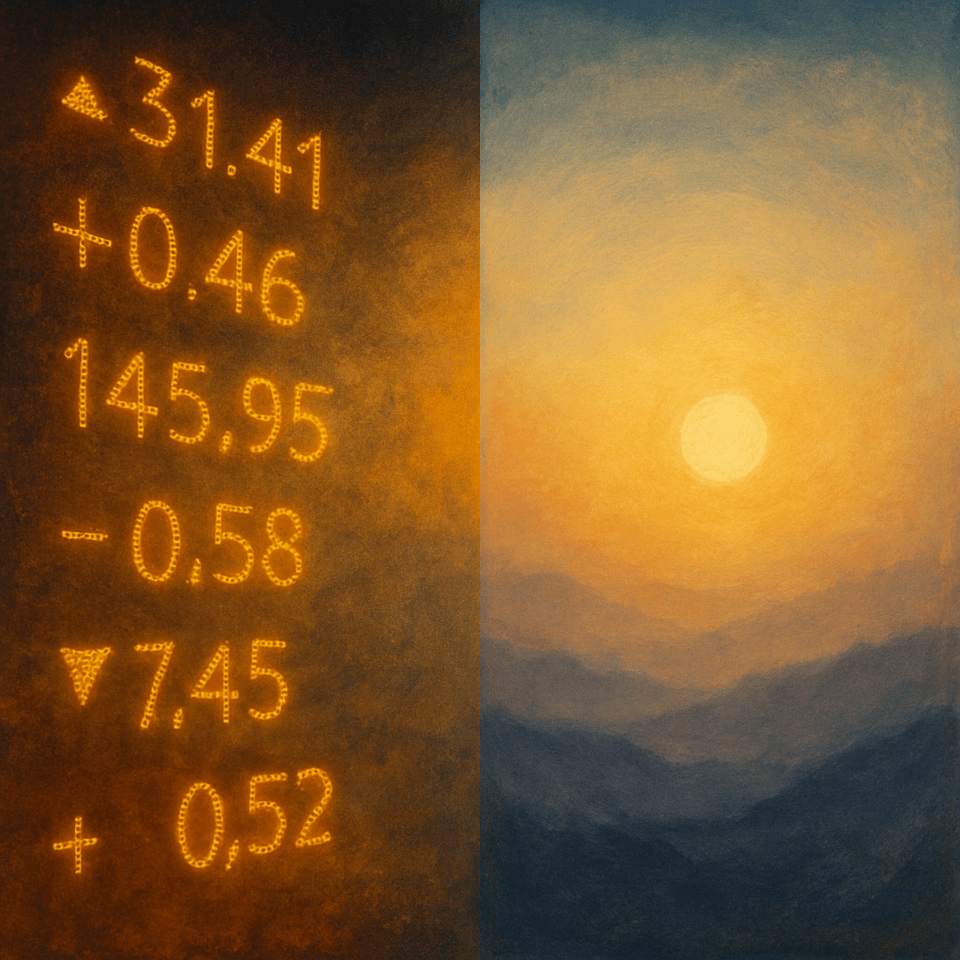
The Shadow Engine of Markets: Understanding Derivatives, Perpetuals, Futures, and Options
Derivatives are not mere side bets. They are the shadow engine of markets — the hidden machinery of futures, perps, options, and ETFs that reshapes liquidity, andlifies risk, and choreographs price itself. To read markets well is to see beyond candles and charts, and to listen for the gears turning beneath them.









